Is It Time For New Workout Shoes?
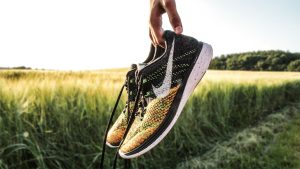 In Houston, TX, working out doesn’t require you to make a fashion statement. As long as your clothes allow free movement, they’re good enough to workout, even if they’re old and torn. What you shouldn’t skimp on is workout shoes. Not all shoes are gym worthy. Tattered and torn shoes held together with duct tape and gorilla glue can lead to injury. The type of shoes you choose depends on your foot and the exercises you’re doing. Weight-lifting shoes are different from those you wear to do bodyweight exercises.
In Houston, TX, working out doesn’t require you to make a fashion statement. As long as your clothes allow free movement, they’re good enough to workout, even if they’re old and torn. What you shouldn’t skimp on is workout shoes. Not all shoes are gym worthy. Tattered and torn shoes held together with duct tape and gorilla glue can lead to injury. The type of shoes you choose depends on your foot and the exercises you’re doing. Weight-lifting shoes are different from those you wear to do bodyweight exercises.
Can your shoes cause injury?
The answer is a definite yes. Good workout shoes have spring in them to absorb shock. A worn midsole limits that ability and allows your foot to move excessively. A worn shoe also causes the shoe’s form to change which will affect your foot alignment. It causes stress on various parts of the foot that correct alignment protects. That can cause stress and overuse injuries.
How long should your shoes last?
There’s not a specific timeline for how long workout shoes last. A lot of factors come into play. Better quality shoes will last longer than those that are of lesser quality. Quality isn’t always determined by price, so look for shoes that absorb shock when you jump. Does it cushion the shock? It’s the shoe’s compression ability. The National Strength and Conditioning Association—NSCA—suggests that running shoes last about 6 months or 4=300 to 500 miles. If you’re using those shoes in the gym to do high-impact cardio, it could take less time. If you do more low-impact exercises, expect your shoes to last longer.
Check the wear on the sole.
Look at the soles of your shoes. If you notice the heels are extremely worn or have lopsided wear, with one side showing far more wear than the other, it’s time for new shoes. That kind of wear puts your heel in motion and causes you to land unevenly, putting even more strain on your body. Does your foot slide from side to side inside the shoe? It’s time for new shoes.
- If you notice a hole starting to wear in the ball of the shoe, toss it. It’s time for new shoes to protect your feet. Your shoes no longer protect the balls of your feet.
- Did you buy new shoes and let them sit for several years? They may not be useful even if they look new. It depends on the materials they contain. Some materials can dry out in the outer sole, midsole, or upper area causing them to lose their ability to function properly.
- Do a thorough visual inspection. It’s more than just the sole that wears out, the interior can show wear, too. Check for uneven wear everywhere. You can judge the life left in shoes by the wear they show.
- How your feet feel when you wear the shoes makes a difference. Do the balls of your feet hurt? There’s no cushioning left. Do your knees hurt? Your shoes may be responsible for turning your feet at an odd angle. Even small changes can make a difference.
For more information, contact us today at Reggie C. Fitness

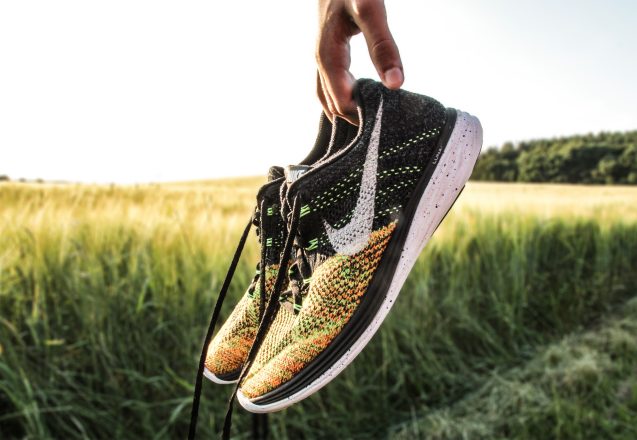
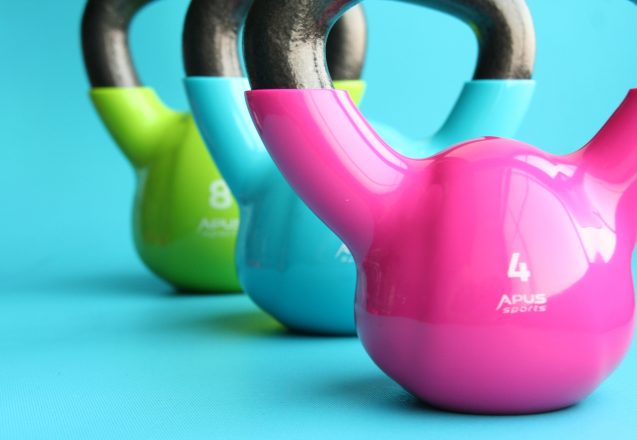
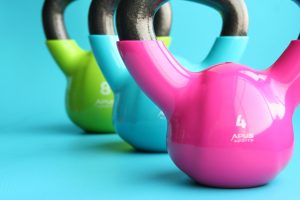 No spot-reducing exercises can take fat off one area and not another. When you lose weight, you lose it all over your body, not just in specific areas. However, toning the muscles in certain areas can change your body’s appearance, making it look thinner with less fat. Getting rid of back fat is possible by targeting the muscles in the back and toning them. By tightening the muscles, it builds muscle tone and alters the appearance for the better.
No spot-reducing exercises can take fat off one area and not another. When you lose weight, you lose it all over your body, not just in specific areas. However, toning the muscles in certain areas can change your body’s appearance, making it look thinner with less fat. Getting rid of back fat is possible by targeting the muscles in the back and toning them. By tightening the muscles, it builds muscle tone and alters the appearance for the better.
 If you’re like many people in Houston, TX, you probably made some New Year’s resolutions. One of them may be to exercise regularly and get into shape. Most people who make that resolution are sincere and start well, but as each day passes, they find it harder to stick with their goals. You can stay motivated if you have realistic goals. Are you trying to push too hard and accomplish an impossible goal? Having a realistic goal will keep you motivated longer.
If you’re like many people in Houston, TX, you probably made some New Year’s resolutions. One of them may be to exercise regularly and get into shape. Most people who make that resolution are sincere and start well, but as each day passes, they find it harder to stick with their goals. You can stay motivated if you have realistic goals. Are you trying to push too hard and accomplish an impossible goal? Having a realistic goal will keep you motivated longer.
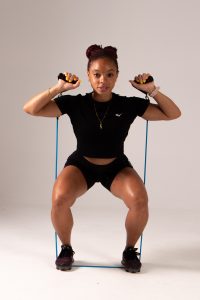 What are HIIT workouts? HIIT is an acronym for high intensity interval training. It isn’t a specific workout but a way of doing any workout. You alternate the intensity between high intensity and recovery. HIIT workouts burn tons of calories, but some are far better than others if you want to burn fat. There is a difference between the two. If you’re burning calories, those calories can come from both fat and muscle tissue. If you’re burning fat, you don’t deplete muscle tissue to use as energy.
What are HIIT workouts? HIIT is an acronym for high intensity interval training. It isn’t a specific workout but a way of doing any workout. You alternate the intensity between high intensity and recovery. HIIT workouts burn tons of calories, but some are far better than others if you want to burn fat. There is a difference between the two. If you’re burning calories, those calories can come from both fat and muscle tissue. If you’re burning fat, you don’t deplete muscle tissue to use as energy.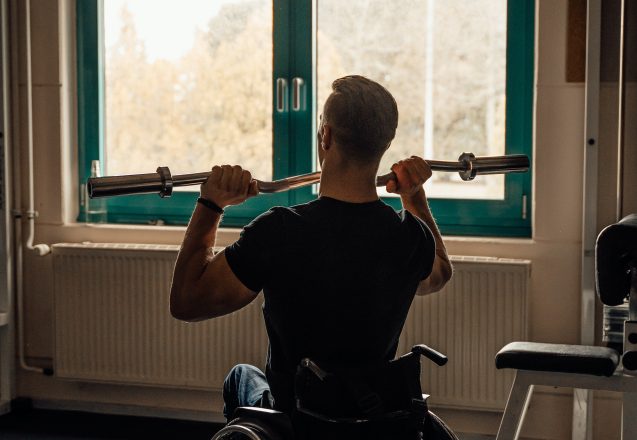
 There are many reasons people have reduced mobility. Some people have temporary issues like a broken ankle, while others have a more permanent problem or are bedridden. In all cases, people benefit from exercise. The more limitations, the more adjustments need to be made. You can workout in a chair, a bed, or if possible, move on your own and adjust for your limitations. Before starting any exercise program, always check with your healthcare professional first.
There are many reasons people have reduced mobility. Some people have temporary issues like a broken ankle, while others have a more permanent problem or are bedridden. In all cases, people benefit from exercise. The more limitations, the more adjustments need to be made. You can workout in a chair, a bed, or if possible, move on your own and adjust for your limitations. Before starting any exercise program, always check with your healthcare professional first.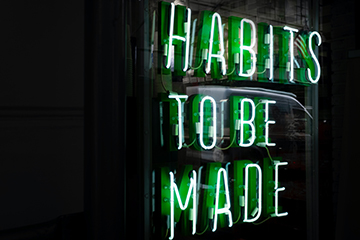
 In Houston, TX, some people start working out and eating nutrient-dense meals in the middle of December, hoping to get fit for the holidays. It takes more than just a week or two of exercise or nutritious meals to be fit. It takes developing healthy habits to become healthier. If you consistently do things to help you get fit and avoid those things that can harm your body, it will provide a boost to help you reach your goals and make it easier.
In Houston, TX, some people start working out and eating nutrient-dense meals in the middle of December, hoping to get fit for the holidays. It takes more than just a week or two of exercise or nutritious meals to be fit. It takes developing healthy habits to become healthier. If you consistently do things to help you get fit and avoid those things that can harm your body, it will provide a boost to help you reach your goals and make it easier.
 The last two months of the year are hard for anyone in Houston, TX, who is trying to lose weight. Every get-together has food temptations that can destroy the potential for success. How do you avoid overeating during the holidays and bypass all those goodies that only come once a year? One simple way is to go ahead and eat a treat or two. If you have a small serving of your favorite food that your Auntie makes only at holiday time, it’s not the end of the world. It’s okay to eat a small amount of unhealthy food occasionally. Just don’t eat a whole pie or consistently eat unhealthy foods.
The last two months of the year are hard for anyone in Houston, TX, who is trying to lose weight. Every get-together has food temptations that can destroy the potential for success. How do you avoid overeating during the holidays and bypass all those goodies that only come once a year? One simple way is to go ahead and eat a treat or two. If you have a small serving of your favorite food that your Auntie makes only at holiday time, it’s not the end of the world. It’s okay to eat a small amount of unhealthy food occasionally. Just don’t eat a whole pie or consistently eat unhealthy foods.
 If you’ve heard varying opinions on the best time to workout and wondered who was wrong or right, the answer is simple. No matter what time of day you workout, it’s the best time of day. There is no right or wrong answer when it comes to the best time to exercise. There are good reasons for working out at any time of day. The most important factor is when is best for you and when you can do it consistently.
If you’ve heard varying opinions on the best time to workout and wondered who was wrong or right, the answer is simple. No matter what time of day you workout, it’s the best time of day. There is no right or wrong answer when it comes to the best time to exercise. There are good reasons for working out at any time of day. The most important factor is when is best for you and when you can do it consistently.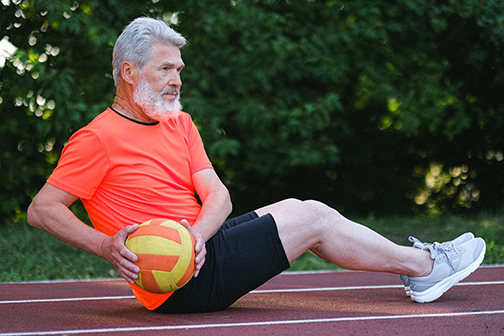
 People in Houston, TX, exercise for a variety of reasons. Some people simply love it. Others exercise to look their best. Still, others love the health benefits and the fact that you live longer when you exercise. It can improve the production of stem cells that repair the body and extend telomeres that protect the cells. Obesity is now the leading cause of preventable death. It can lead to serious conditions, including diabetes. By helping you look your best and preventing obesity, it extends your life expectancy.
People in Houston, TX, exercise for a variety of reasons. Some people simply love it. Others exercise to look their best. Still, others love the health benefits and the fact that you live longer when you exercise. It can improve the production of stem cells that repair the body and extend telomeres that protect the cells. Obesity is now the leading cause of preventable death. It can lead to serious conditions, including diabetes. By helping you look your best and preventing obesity, it extends your life expectancy.
 If you hate not knowing anyone when you go to some place, going to the gym with someone can make you feel better. It also can help you stick with your workout program in a variety of ways. There are pros and cons to working out with someone else. Knowing someone is going with you makes you more apt to go and is why personal trainers have a high success rate. While they may hold you accountable, if they aren’t dedicated to exercise and want to skip it, or can’t go one day, you may not either.
If you hate not knowing anyone when you go to some place, going to the gym with someone can make you feel better. It also can help you stick with your workout program in a variety of ways. There are pros and cons to working out with someone else. Knowing someone is going with you makes you more apt to go and is why personal trainers have a high success rate. While they may hold you accountable, if they aren’t dedicated to exercise and want to skip it, or can’t go one day, you may not either.